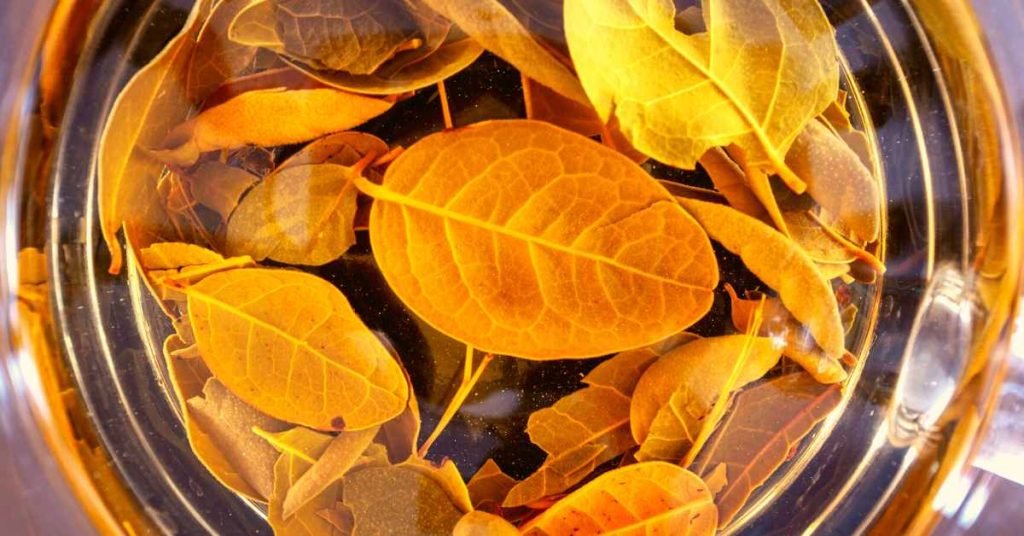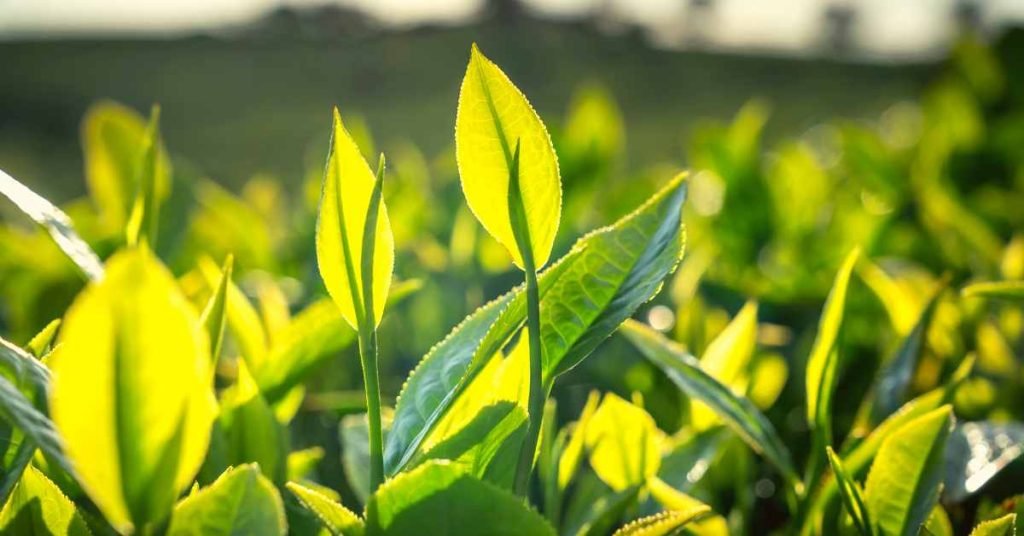Among the many discussions surrounding tea, the question of how many times one can rebrew the same tea leaves often arises.
The practice of reusing tea leaves for multiple infusions is an ancient tradition rooted in various cultures.
In this article, we will explore the factors that influence the number of times tea leaves can be rebrewed and the art behind extracting the best flavors from each infusion.
Understanding Tea Leaves

Before delving into the world of rebrewing, it’s essential to understand the composition of tea leaves.
Tea leaves contain a complex blend of compounds, including polyphenols, catechins, caffeine, and volatile oils, all of which contribute to the flavor, aroma, and health benefits of the beverage.
Factors Influencing Rebrewing
Tea Type:
Different types of tea undergo various processing methods, leading to distinct flavors and characteristics.
Green tea, with its delicate leaves, tends to withstand fewer infusions than more robust varieties like oolong or black tea. Each tea type has unique properties that affect its reusability.
Leaf Grade:
The quality and size of tea leaves play a crucial role in the number of infusions they can endure. Whole leaves, often found in higher-grade teas, generally have a longer life for rebrewing compared to broken or crushed leaves.
Water Temperature:
The temperature of the water used for brewing significantly impacts the extraction of compounds from tea leaves. Hotter water generally extracts more quickly but can also release bitterness. Cooler water allows for a slower extraction, which can affect the rebrewing potential.
Brewing Time:

The duration of each infusion is critical. Over-brewing can lead to the extraction of undesirable flavors and compounds, diminishing the quality of subsequent infusions. Shorter steeping times are often recommended for multiple infusions.
Teaware:
The choice of teaware, whether it’s a traditional gaiwan, a teapot, or a teabag, influences the brewing process. Different vessels affect the rate of extraction, and some are better suited for multiple infusions.
Tea Origins:
The region where tea is grown can impact its rebrewing potential. Environmental factors, soil composition, and climate contribute to the unique flavors of tea and influence how many times the leaves can be rebrewed.
Rebrewing Techniques
First Infusion:
The first infusion often reveals the primary, more robust flavors of the tea. It is crucial to savor this initial brew, as subsequent infusions may exhibit subtle, nuanced characteristics.
Shorter Steeping Times:
To maximize the number of rebrews, gradually reduce the steeping time with each infusion. Shorter steeping times help to extract flavors without over-brewing and maintain the tea’s balance.
Experimentation:

Tea enthusiasts often engage in a process of trial and error to determine the optimal number of infusions for a particular tea. This involves adjusting variables such as water temperature, steeping time, and tea-to-water ratio.
Teaware Rotation:
Some tea drinkers rotate between different teapots or vessels with each infusion. This method allows for variations in brewing conditions, enhancing the overall experience and preventing the exhaustion of flavors.
Cultural Perspectives
Chinese Gongfu Cha
The Chinese Gongfu Cha, or “making tea with skill,” is a traditional method that emphasizes multiple short infusions. This practice is particularly common with oolong and pu-erh teas, showcasing the intricate flavors through numerous infusions.
Japanese Tea Ceremony
In Japan, the tea ceremony emphasizes precision and ritual. While the focus is often on the first infusion, subsequent infusions are also appreciated, especially in the context of certain green teas.
Final Word
The art of rebrewing tea leaves is a fascinating journey that involves an understanding of tea types, brewing techniques, and cultural practices.
While there is no universal rule for how many times one can rebrew tea leaves, experimenting with different parameters allows enthusiasts to discover the nuances hidden within each infusion.
Whether you follow traditional methods like Gongfu Cha or develop your unique approach, the key lies in savoring the diverse flavors that tea leaves have to offer across multiple infusions.
As you embark on your tea-tasting adventure, remember that the beauty of rebrewing lies not just in the quantity but in the quality of each cup.
MEDICAL DISCLAIMER
Itsnevernotteatime.com cannot and does not contain medical/health advice. The medical/health information is provided for general and educational purposes only and is not a substitute for professional advice.




